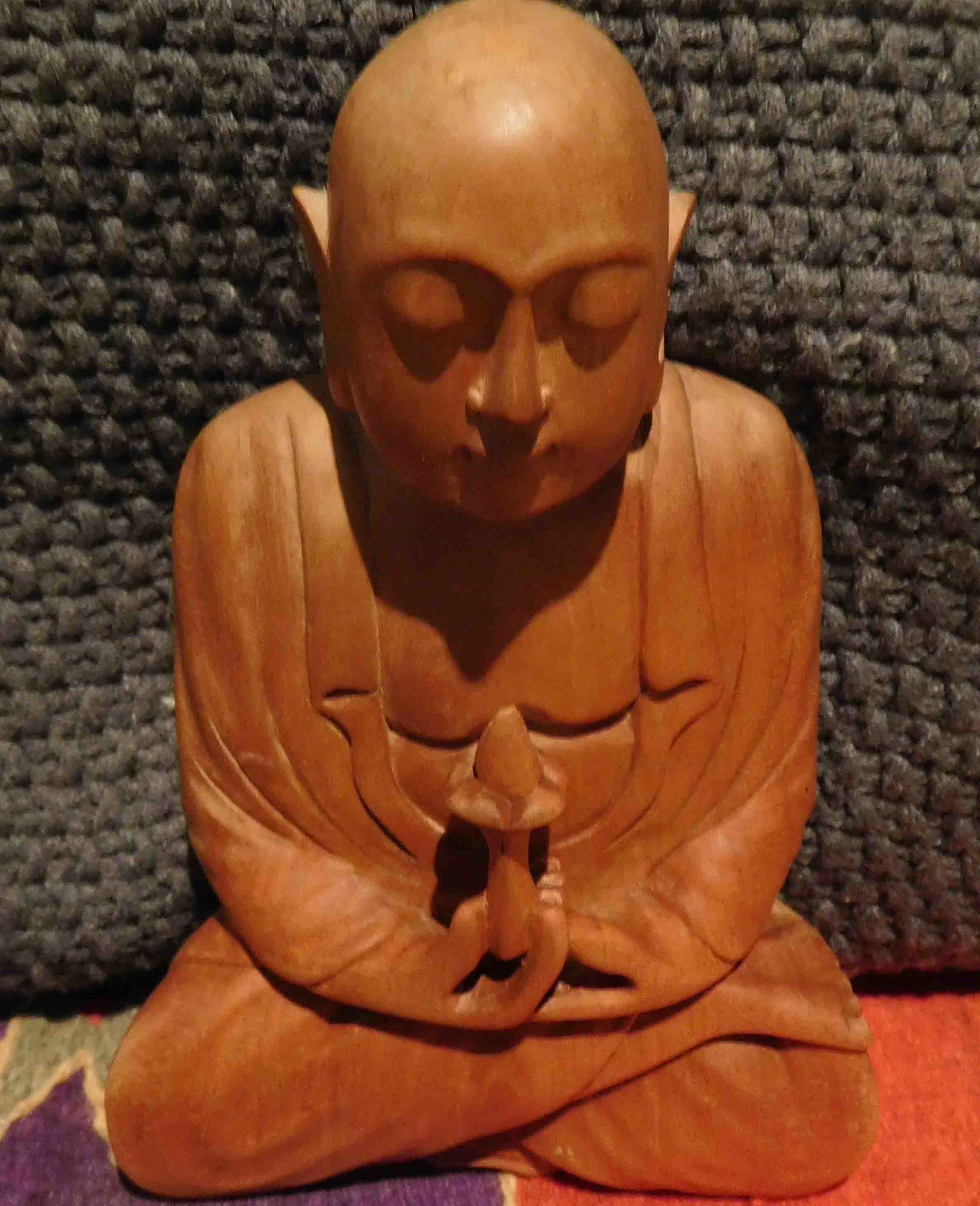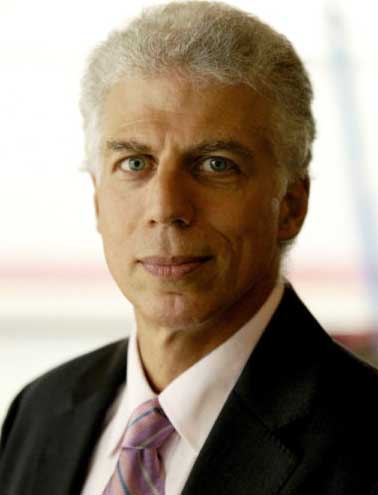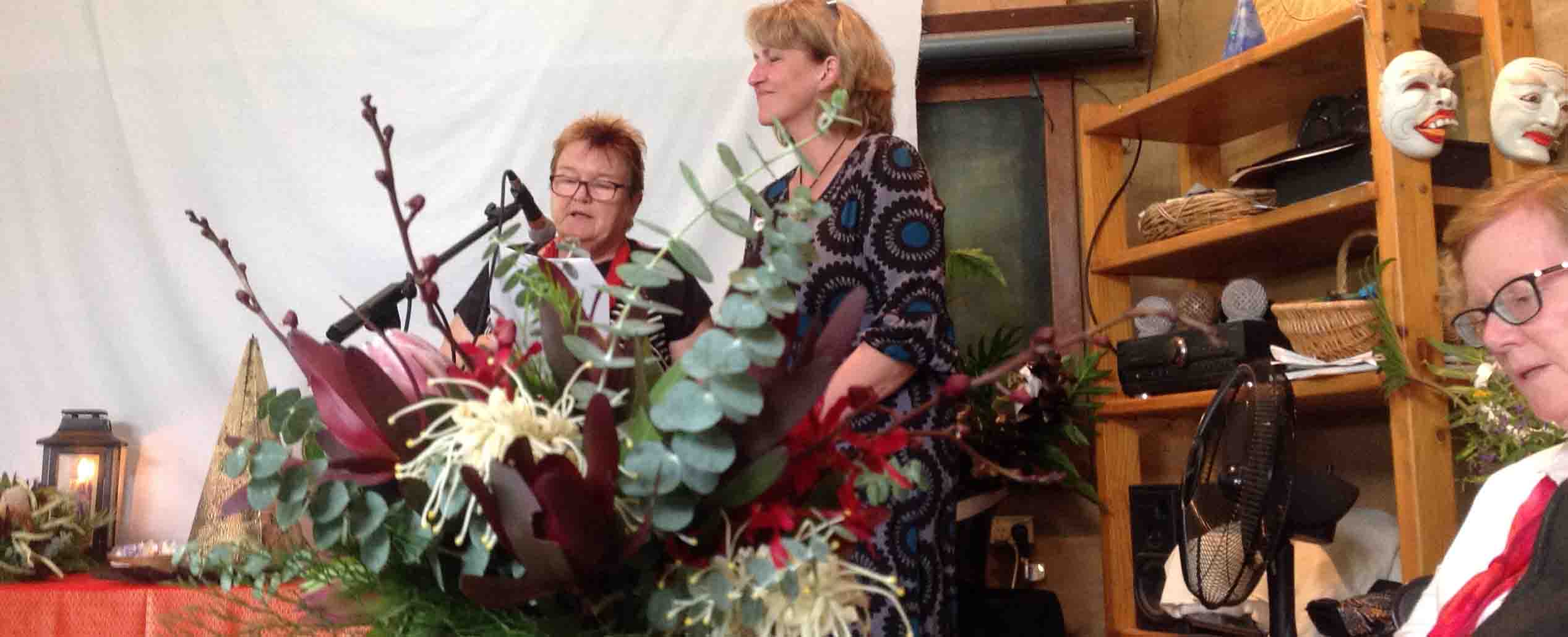Today, I am reading one of Karl’s all-time favorite books.
I find, as my mourning deepens, that Sogyal Rinpoche’s book, The Tibetan Book of Living and Dying, is a treasure trove of insights. From a Tibetan Buddhist perspective, according to Sogyal Rinpoche, those who suffer violent or sudden death have “a particularly urgent need for help.” Our help must be offered “more strongly and with more fervor than you have ever done it before.”

That classic book reminds me that within Tibetan Buddhism is yet another fully developed system for supporting both the grieving person and the person who has died — into the future. While the mourning period varies with different schools and traditions of Buddhism, members of those faith communities can rely on traditions that require services to be conducted on specific days to allow family and friends to gather and share a spiritual experience while remembering their loved one. That sense of community is what I am missing.
Living a Year of Kaddish

Not long before I reread that book, in the mail comes another precious book from my ex-husband, Don, my dearest friend: Living a Year of Kaddish by Ari Goldman.

Don was one of my 10 mourning supporters. At the time, I did not realize that I had assembled (in person and virtually) my quorum — or minyan — for my first year of mourning — dedicated adults who would see me through it. Goldman recited the Mourner’s Kaddish for his parents for the better part of a year. He said he felt, as a mourner, especially orphaned, self-conscious, and singled-out, commenting wryly, “it’s a numbers game.” While Jews widely accept that “God always provides mourners,” Goldman had to entice a homeless man from the street outside the synagogue to make up the minyan for his daily mourning prayers.
I am not at all surprised that Don sends me this tender book. He knows how I struggle to find enough people to say “Amen” to my prayers. He’s all heart, our Don. A few years ago, we are sitting in a Sydney city café, finishing a quiet lunch, and sharing stories. I lean forward and exclaim: “I love you so much, I’d give you my kidney.”
I glance up to notice a single tear making its way down Don’s cheek. That’s what love looks like.
Ari Goldman and I share the challenge of helping to bring the beloved person through the transition from life to death and to their eventual spiritual resting place. But he had a support system (everything that I lack) to support him after the funeral, for the first weeks of mourning, and then for ten-plus months. He could rely on a community and centuries of ritual. By fulfilling his obligations to his parents, Goldman fulfilled his obligations to himself. The centuries-old structure of the Jewish tradition helped him focus on his mourning because he did not have to imagine timeframes or milestones or invent rituals or, as I did.
A gentle, staged return to everyday life
Don explains that Jewish bereavement rituals allow for “a gentle, staged return to everyday life” by the mourning person. Shiva (from the Hebrew word for seven) is the seven-day mourning period that follows the funeral (when family members are usually at home together).
The six phases with specific major practices that follow help grieving people to “manage mourning”, partly by acknowledging mourners’ common psychological and emotional experiences. Rituals include lighting a memorial candle and donating to charity. After a year has passed, the gravestone can be unveiled.
Karl knows I will pray for him
I have similar obligations to those Dan Goldman faced: to remember my departed loved one. I am confident that Karl knows that I would pray for him and his soul. He had a clear sense that his soul was immortal, a view he expressed in several undergraduate sociology and philosophy essays written in the mid-1990s.
At that time, Karl writes, “I have a soul or spirit. It, this guiding consciousness, links me to the life force of the cosmos.”
And further: “We are important, even when the present form decays. We will only be enlarged by the change.”
Karl even shakes his fist at spiritual naysayers, writing in a sociology essay in 1996: “If, as I believe, we partake in a chain of being binding us to all existing consciousness, my intentions and my actions will counter the negative effects of those seeking to deny me immortality.”
Who am I to deny Karl immortality!
He knows I will honor his unique worldview. I don’t need organized spiritual guidance or rituals to achieve that understanding. But this is not about Karl. It’s about me: the directionless Mourner-in-Charge.
I have a desperate need: for structure, for ongoing support, for a quorum, for a minyan. For community.

